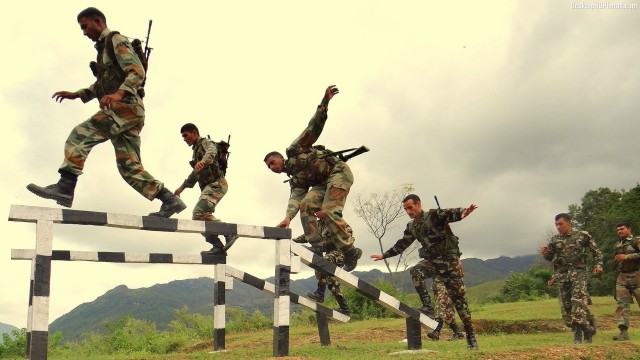When it comes to choosing a ballistic protective gear, it is important to consider the prospective areas of danger. For instance, bulletproof blankets offer level IIIA protection in a wide variety of tactical situations. Bulletproof blankets can be quickly and easily thrown over windows, doors, and walls, or used as a personal shield in hazardous situations. There are manufacturers who cover their bulletproof blankets with CORDURA® coated fabrics, which is a durable fabric that can withstand the harshest conditions. Each CORDURA fabric used is covered with a polyurethane finish that makes the material highly resistant to stains and abrasion, which means that the blankets won’t be damaged even if they encounter abrasive substances, like mud, UV rays, water, and sand. These are effective for such hazardous conditions.
On the other hand, a riot shield is a lightweight piece of protection mainly employed by police and some military organizations, however protesters also employ it. Typically, riot shields are long enough to protect an average-sized person from the top of the head to the legs, although there are also shorter, one-handed variants. They are typically developed for use in riot control as sophisticated riot gear to protect the wearer from melee attacks with blunt or sharp weapons, as well as thrown projectiles or non-lethal weapons such as rubber bullets and water cannons. In addition, they can be utilized as close-range melee weapons to repel enemy forces. Most riot shields do not provide ballistic protection; rather, ballistic shields are employed when heavily armed resistance is anticipated.
Numerous businesses make riot shields, which are used by nearly every country with a standardized police force. Law enforcement officers frequently use them in conjunction with a baton. In contrast to ballistic shields, riot shields are constructed from translucent polycarbonate, allowing the wearer to see incoming projectiles. Frequently, protesters fashion their own riot shields from improvised materials such as wood, scrap metal, or plastic barrels. Despite the documented efficacy of riot shields in protecting their carriers and discouraging demonstrators from breaching police lines, their use may provoke some persons to throw projectiles.
For more articles, please click here.
